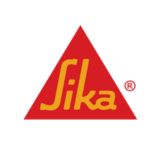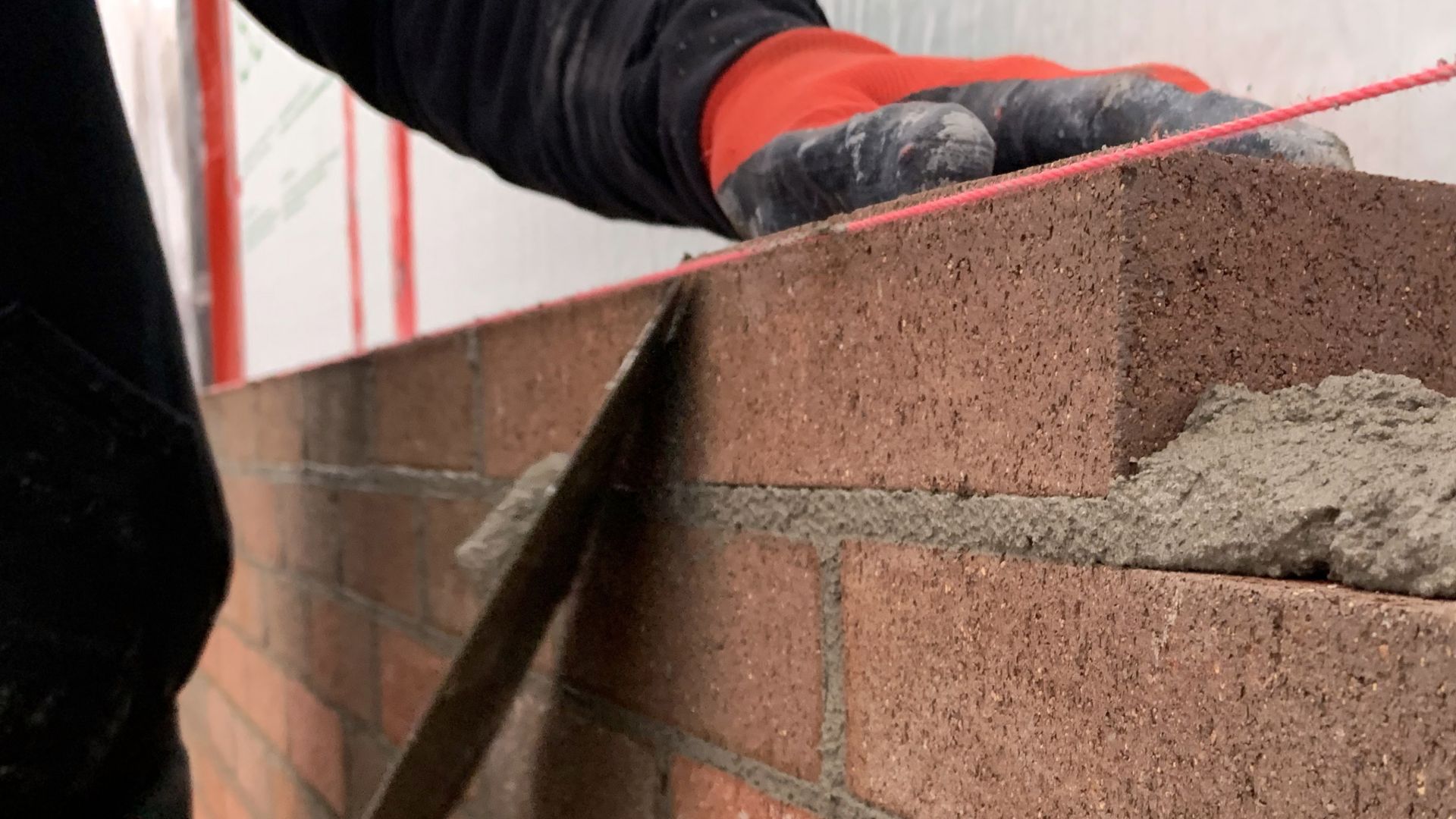GUIDELINES FOR SPECIFYING MORTAR
For structural, design and aesthetic reasons, the choice of brick, block or stone is obviously very important. Remember that selecting the right mortar is also essential, as this choice will influence the structural integrity of the building, as well as its appearance.
Properly understanding the characteristics and “behaviour” of mortar rests on an understanding of its existence in two states; first as a plastic material and then as a hardened material. Mortars have, in both of these states, various characteristics that will dictate their ability to be used for various purposes. In its plastic state, mortar must be easy to manipulate and able to retain water. In its hardened state, compressive strength, adhesion and sustainability are all desired characteristics.
The characteristics that are typical of mortar in its plastic or its hardened state will vary according to the composition of the mixture. And while the extent to which mortar can be manipulated is important, it is just as essential to select a mortar that will have the necessary physical properties once it has hardened. This choice will rest on factors such as structural requirements, the type of masonry unit being erected, the mortar’s exposure to weather conditions, and the overall desired appearance of the work.
Nowadays, mortar is often comprised of masonry cement, sand and drinking water. Masonry cements often include additives such as plastifying agents, air-entraining agents or water retention agents, all of which can improve the mortar’s ability to be manipulated or its sustainability. Masonry cements are increasingly being replaced by mixtures including Portland Cement and calcium hydroxide. The latter’s characteristics are preferable in terms of water retention, manipulation, adhesion and sustainability. Sand is the basic element in mortar. Other elements are subsequently added to the mixture. The sand’s colour and texture have a major influence on the finished product’s appearance. Its particle or speck size influences the degree to which it can be manipulated, its sustainability (or the time it will last), as well as degree of contraction as it dries or hardens Water quality and quantity also have an influence on the properties of mortar in both its plastic and hardened states. Cleaner water (and of better quality) leads to an improved hydration process, as well as an end product of higher quality.
Generally speaking, mortar with a high ratio of cement to sand will be more resistant to compression (often too much so), which can lead to problems in the installation ofnmasonry units and the finishing of mortar joints. The structures erected with this type of mortar will also be highly permeable. This is due to the low adhesion between the masonry units and the mortar, which can lead to a structure’s premature erosion. As a rule of thumb, mortar with a large amount of cement is more likely to contract and be increasingly rigid, with the result that it does not fare as well when there is structural movement.
Mortar that includes a greater amount oflime is easier to manipulate and has acompressive strength that is better adapted to the requirements of the structures being built. Because the lime particles are so fine, this mortar is able to better adhere to and bind with the masonry units, which renders the structure more waterproof. Moreover, lime-based mortar is more flexible and hasself-healing characteristics.
Mortar that includes a greater amount of lime is easier to manipulate and has a compressive strength that is better adapted to the requirements of the structures being built. Because the lime particles are so fine, this mortar is able to better adhere to and bind with the masonry units, which renders the structure more waterproof. Moreover, lime-based mortar is more flexible and has self-healing characteristics.
From an aesthetic perspective, the success of the project rests increasingly on using mortar pre-mixed at the plant. These mixtures are highly consistent, which lowers the risk of inappropriate use on job-sites (one of the causes of colour changes in masonry joints).
At Sika, we strive to offer the “best of both worlds”. Our mortar is pre-mixed at the plant, and has all of the qualities desired in a good product, (i.e. malleability, low permeability, high adhesion resistance, adequate compressive strength). To help you choose the best mortar and grout, speak with your Sika Representative.

